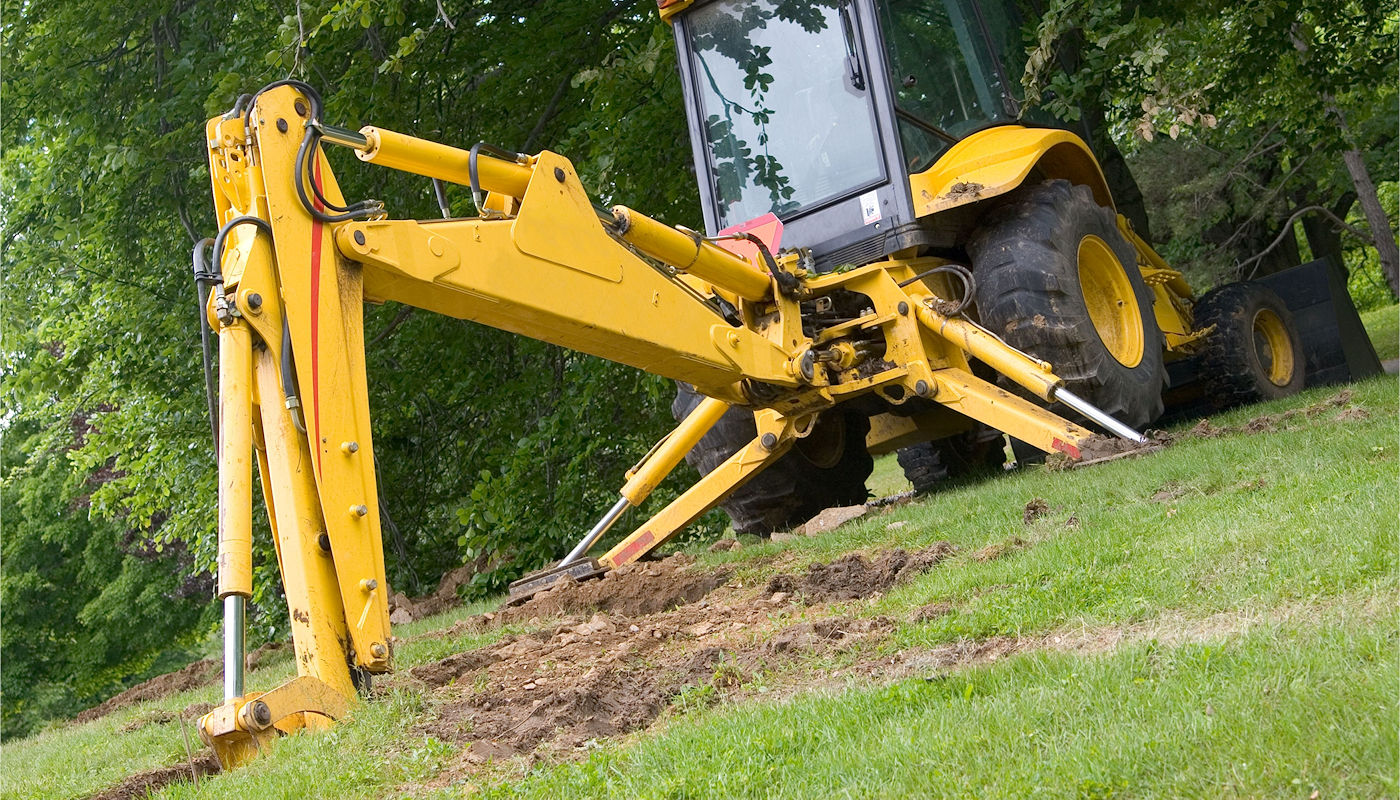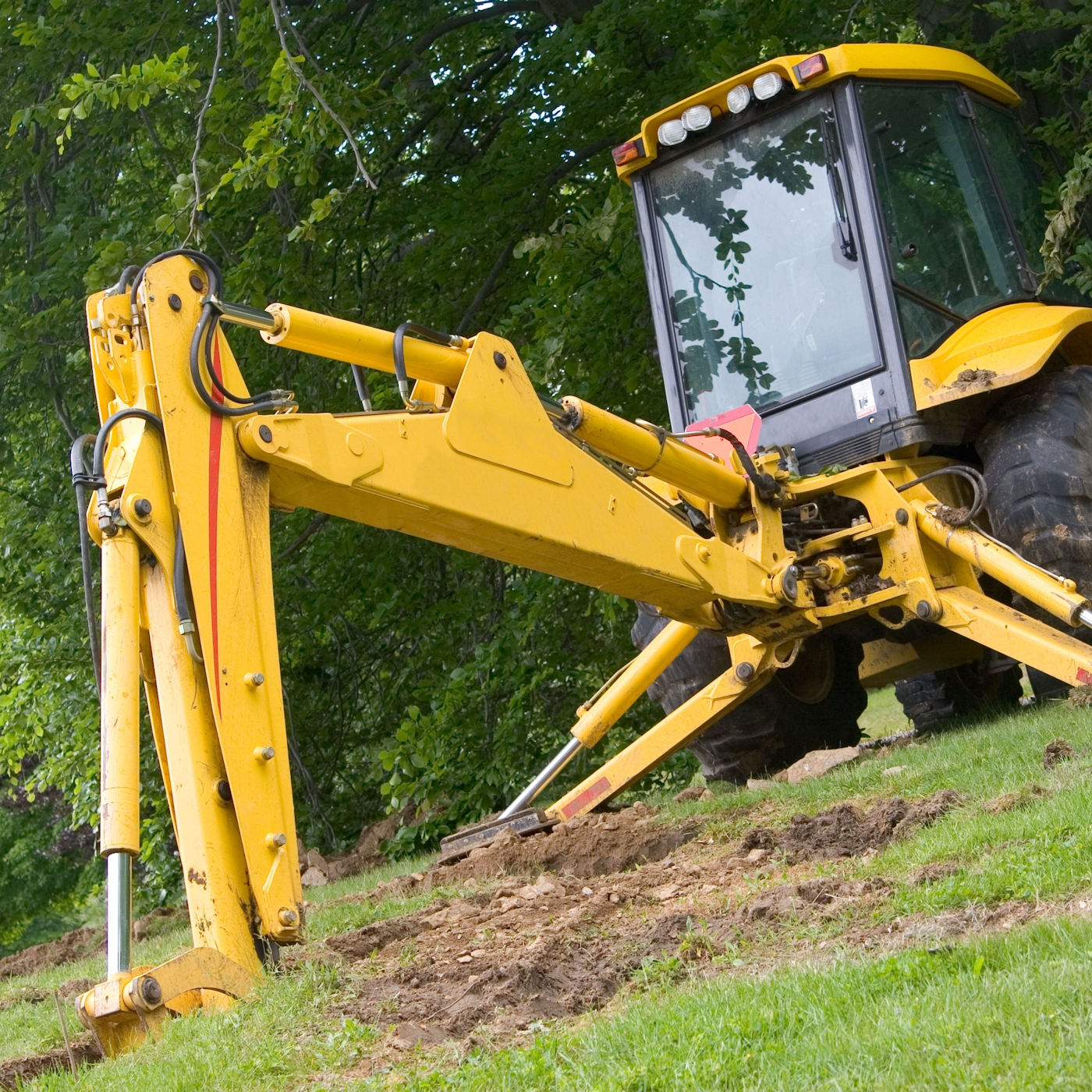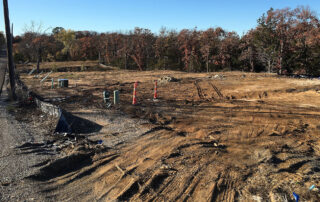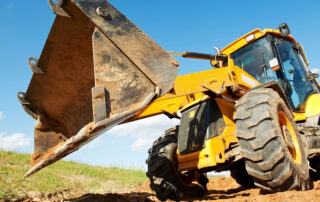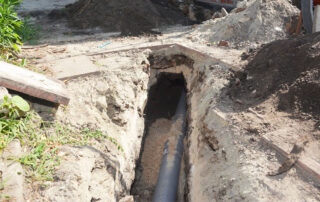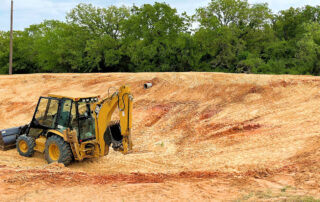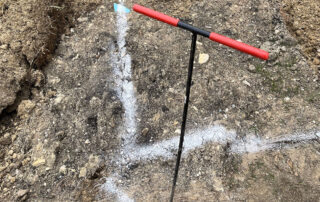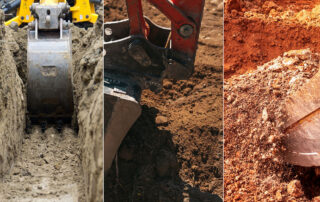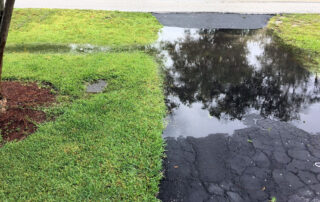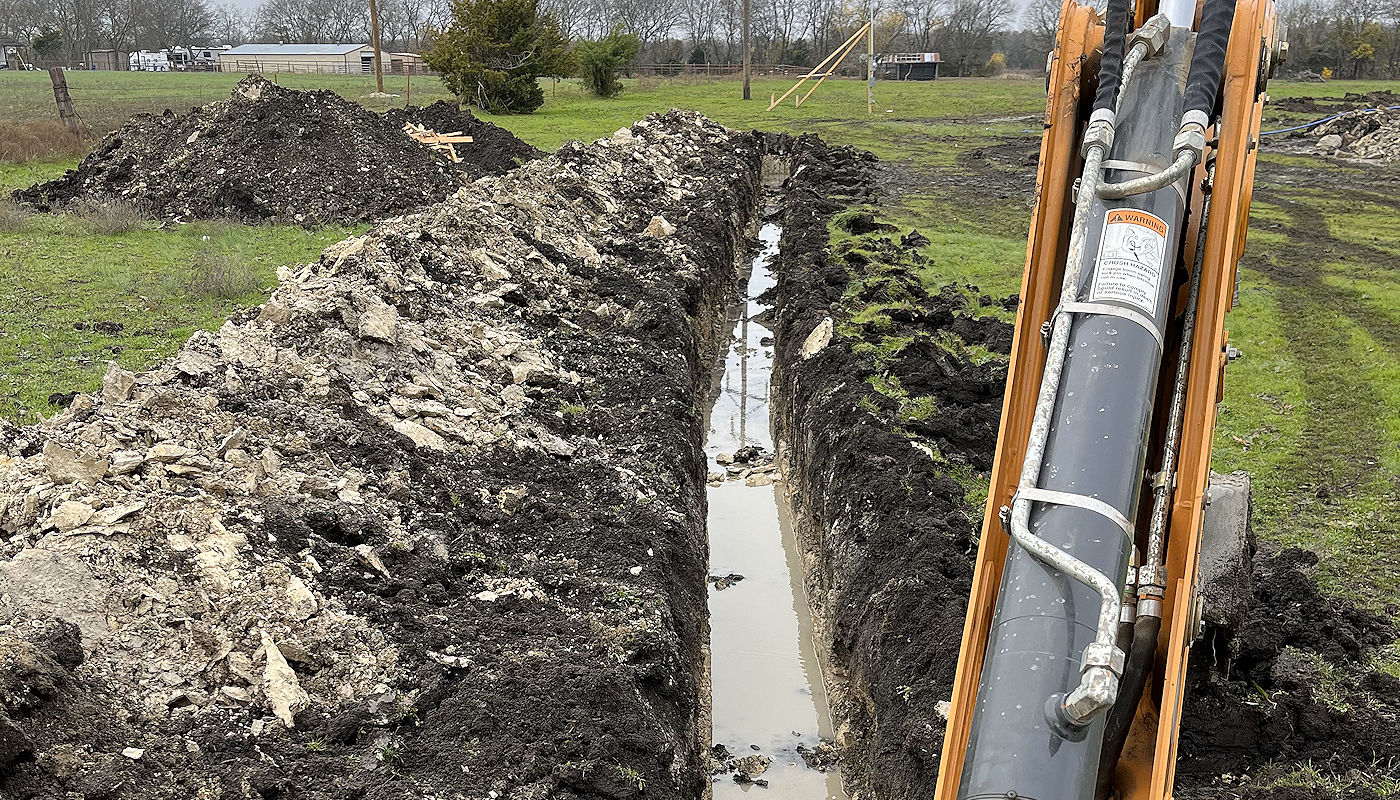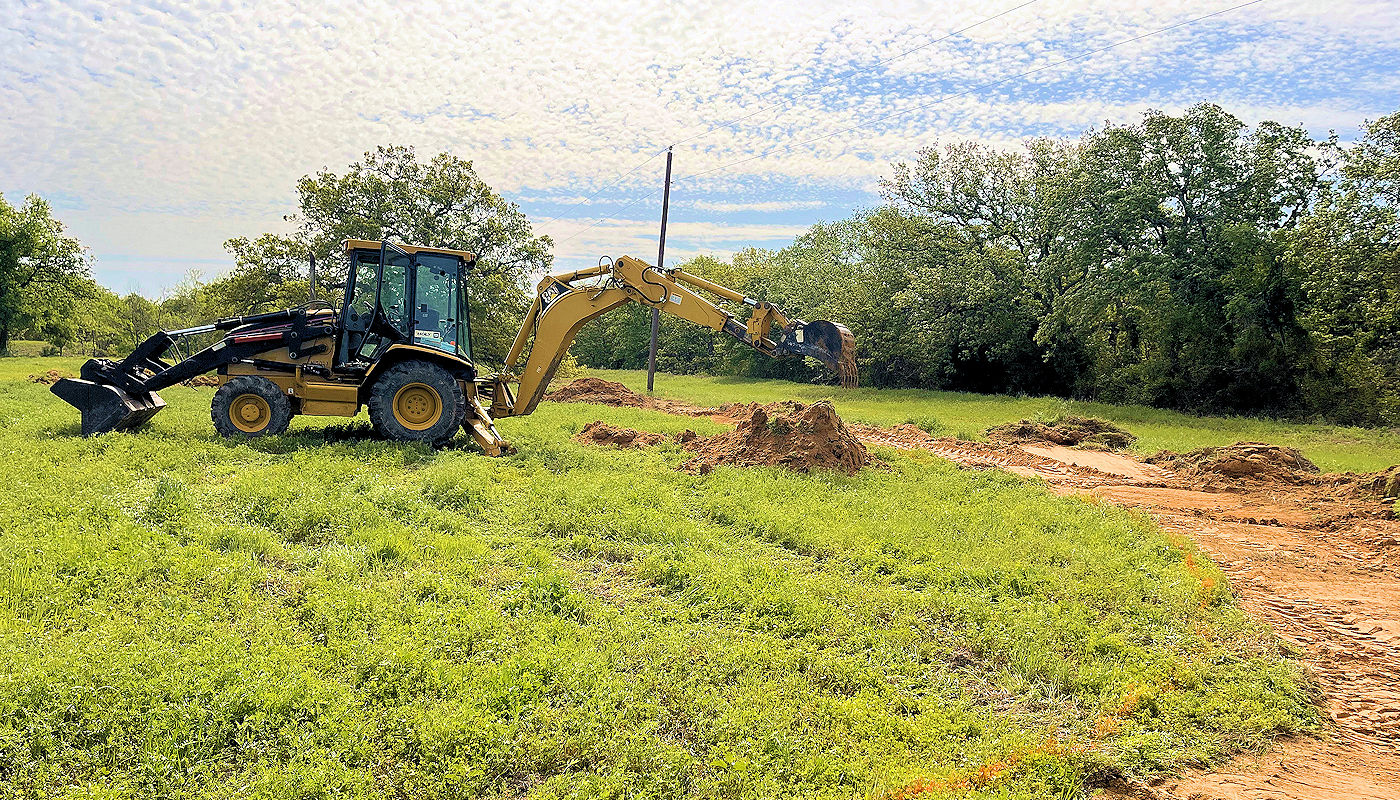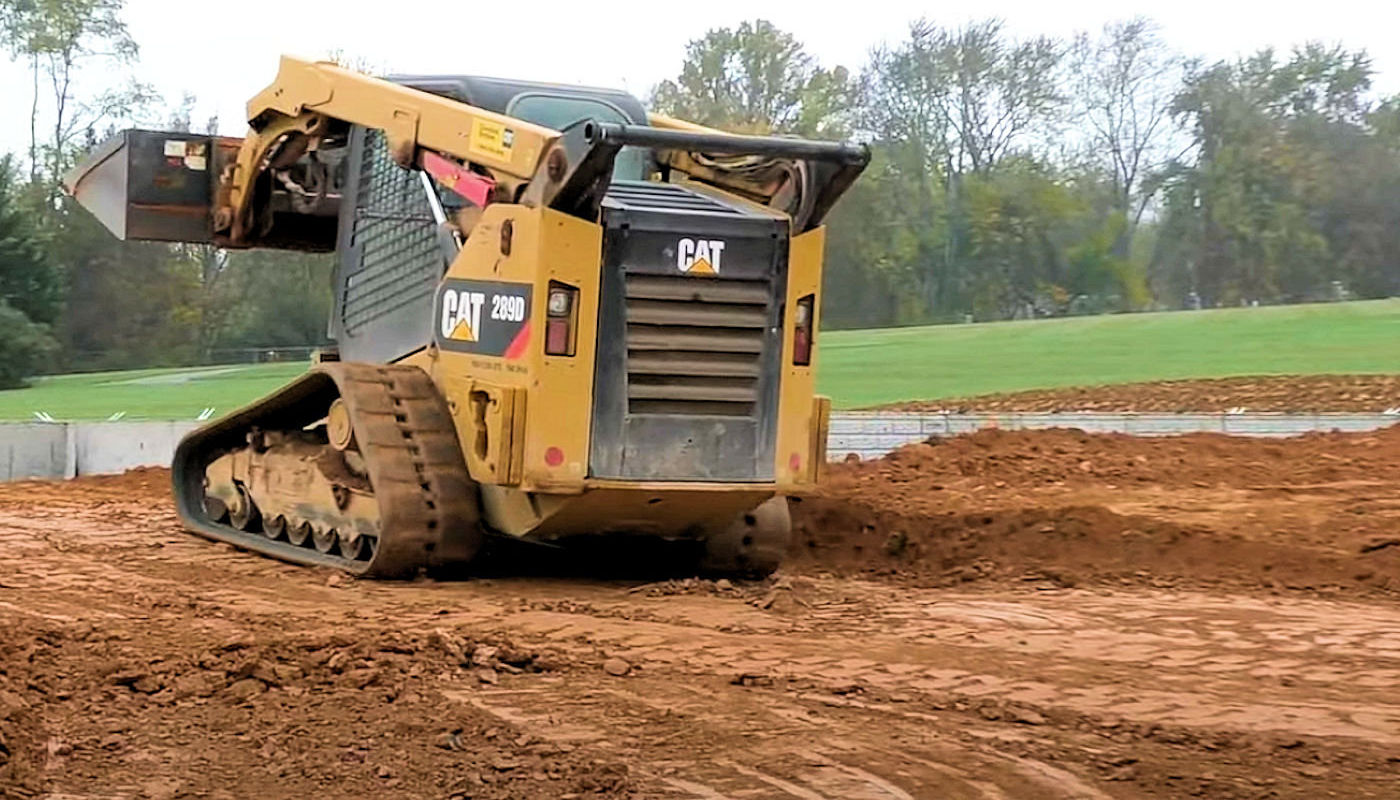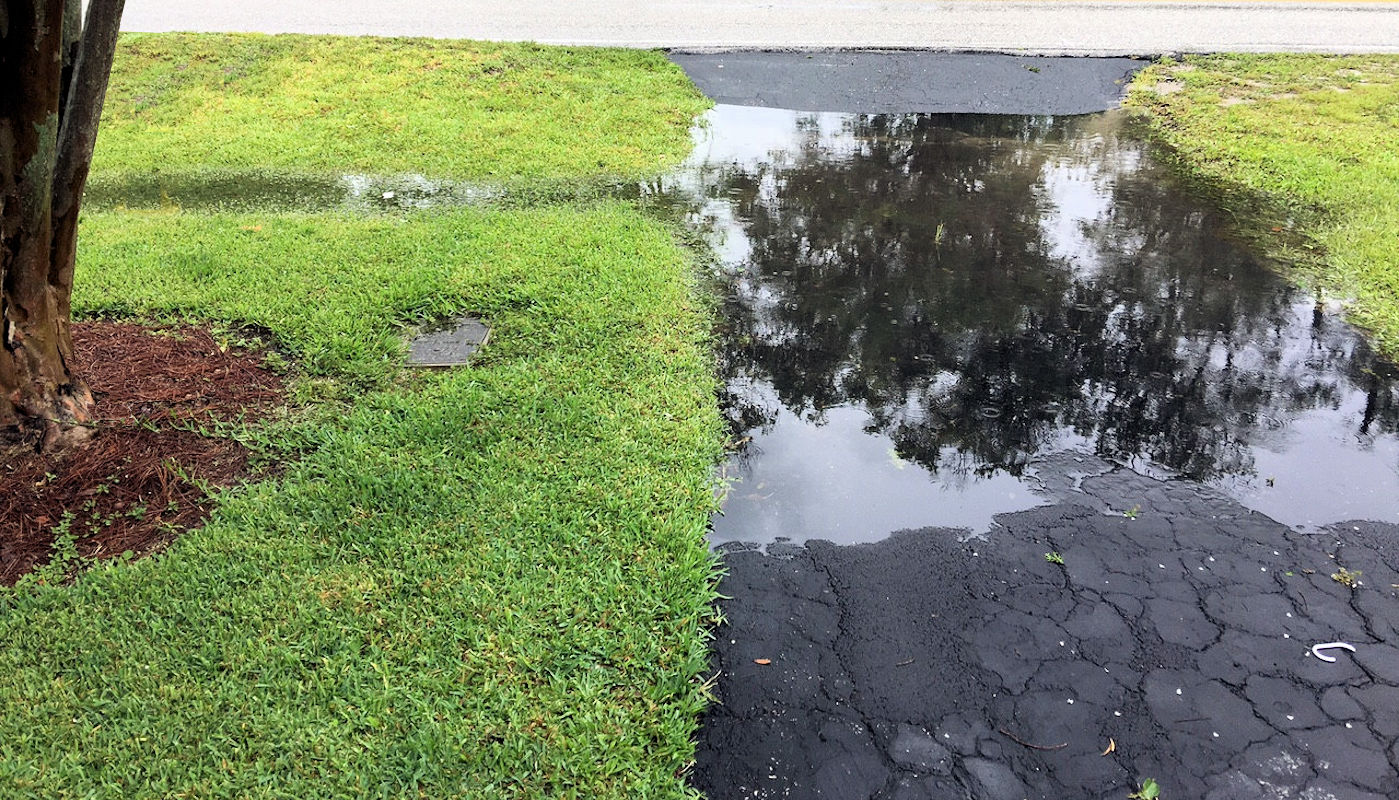

Trench Digging Services
Open Cut Trenching for Water, Sewer & Gas Utilities
Trench Digging Services
Open Cut Trenching for Water, Sewer & Gas Utilities
Looking for reliable trench digging services in the Texoma region? Texoma Excavation & Construction (TEC) offers expert trenching solutions for all your utility installation needs. Our experienced team specializes in open cut trenching, providing efficient and precise excavation for water, sewer, and gas lines. Our trenching excavation experience and committment to getting the job done right, ensures your project is completed on time and within budget. Whether you need trenches for residential, commercial, or agricultural purposes, TEC is committed to delivering top-notch service and exceptional results. Contact us today to learn more about our trench digging services and how we can help with your next project.
Companies that provide trench digging services, such as Texoma Excavation & Construction, provide the means to install underground utilities such as water, sewer and gas pipes, and cables. Trenches are dug to varying depths and widths depending on the specific project requirements.
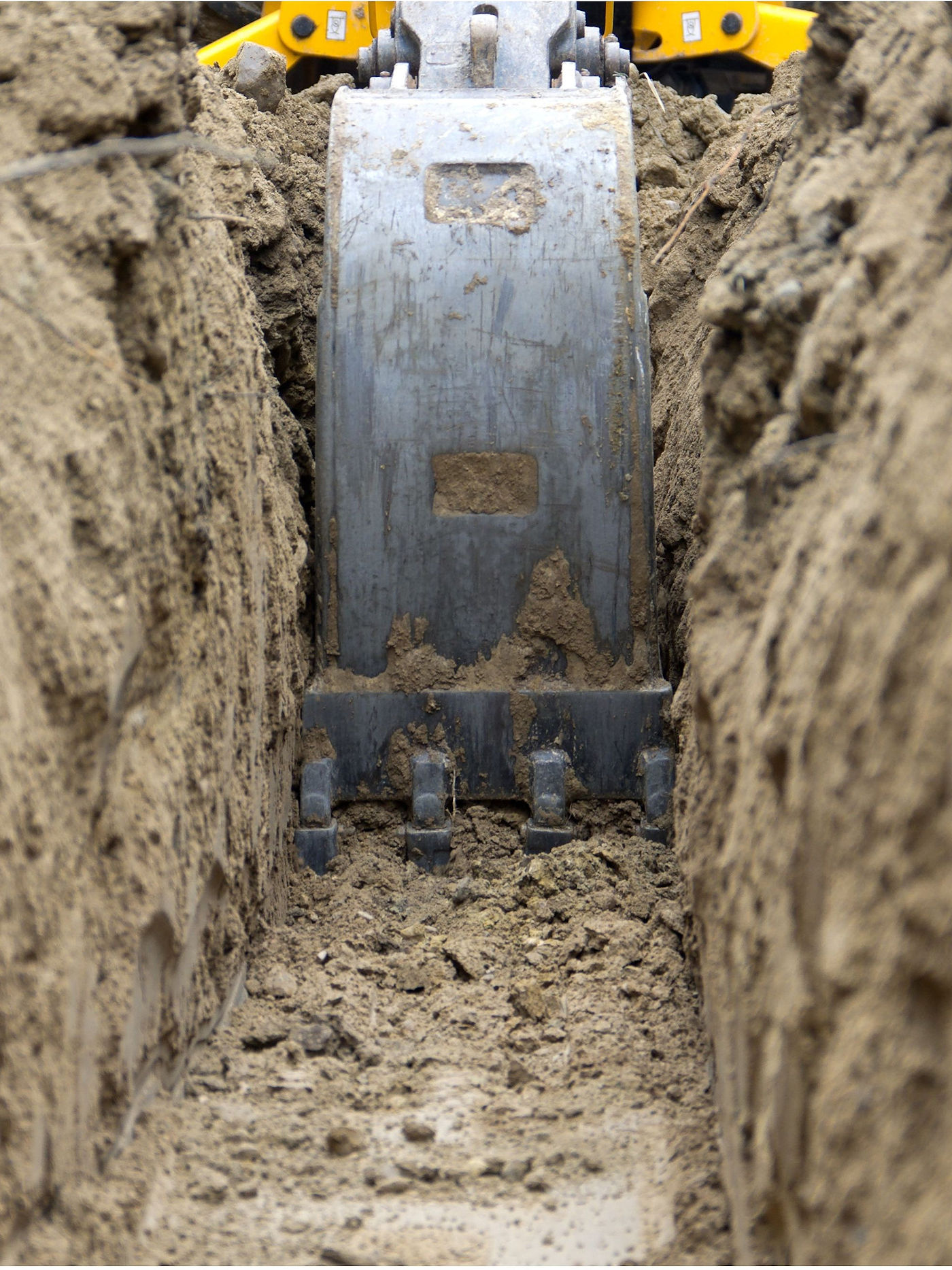
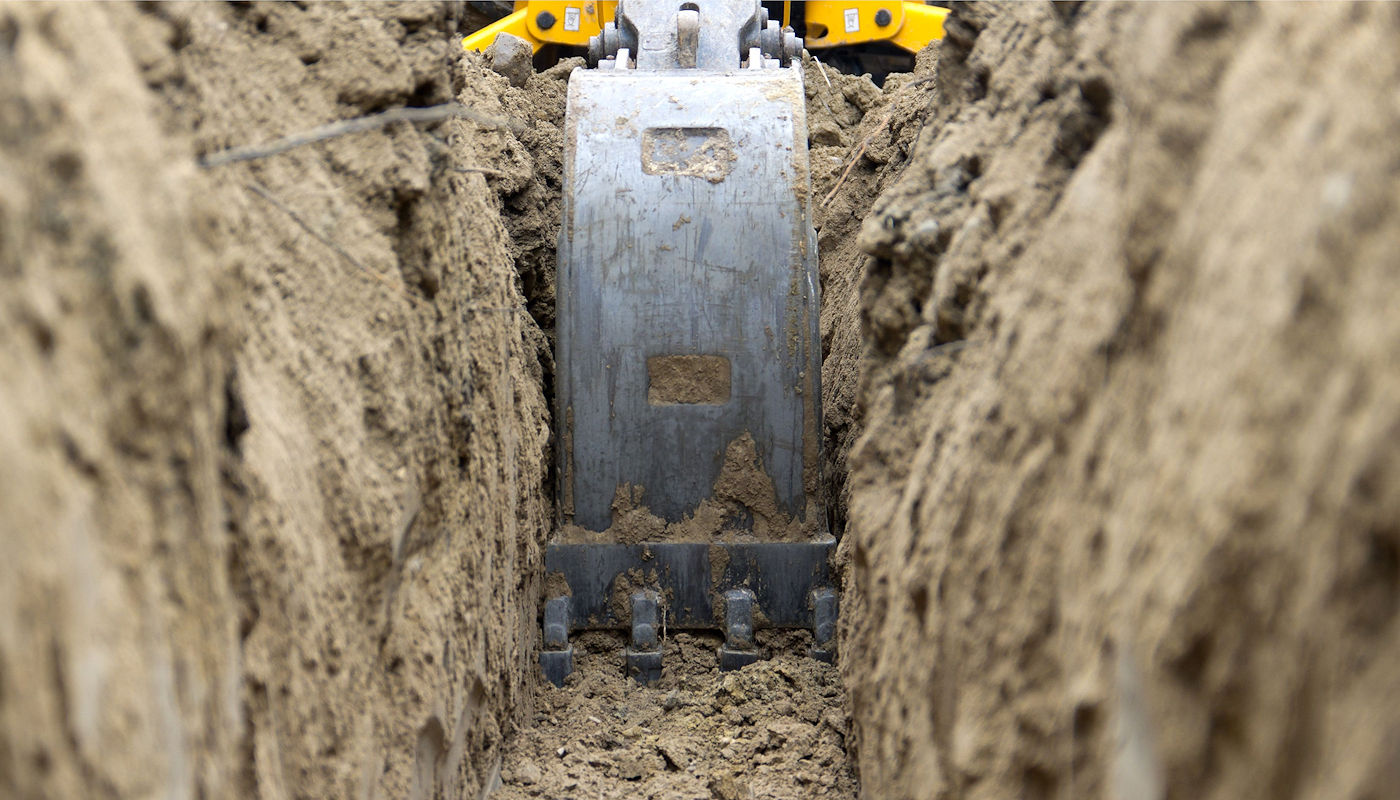
Open Cut vs Directional Boring Trenching
Open Cut vs Directional
Boring Trenching
Open cut trenching is typically used when the ground conditions are favorable, and the installation of utilities can be done efficiently. Directional boring, on the other hand, is used when utility installation needs to be done without disrupting the surface. This method is particularly useful in urban areas where there is limited space or when the installation needs to cross obstacles such as roads or rivers.
Open cut trenching pros include the ability to install utilities quickly and efficiently, as well as the ability to inspect the installation during and after the process. However, the cons include the disruption to surface traffic and the need for large amounts of excavation material to be removed from the site.
The pros of directional boring include the ability to install utilities without disrupting surface traffic (if used in road construction or repair) or causing damage to existing structures, as well as the ability to complete installations in difficult terrain or beneath waterways. However, the cons include the potential for directional drilling equipment to become stuck or damaged, resulting in costly repairs.
Choose the Trench Digging method that best suits your particular situation.
In summary, trench digging companies provide valuable services for a variety of construction and land improvement projects, and the choice between open cut trenching and directional boring depends on the specific project requirements and ground conditions.
If you’re looking for a company that combines experience, expertise, and passion for quality, Texoma Excavation & Construction is the right choice. Trust them to handle your next trench digging or other excavation and construction project with the same dedication and commitment to excellence that they bring to every job.
General Steps Taken for an Open Trench Excavation Project:
The purpose, size, and scope of a trenching project, along with variations in soil types and other factors will likely add additional steps to the “general” list that follows. The depth and width of the trench required may have to be adjusted for various slopes required by less favorable soil types. Different project purposes, from fiber-optic conduit to water and sewer pipe to French drains, retaining walls, foundation footings, lawn sprinkler lines, and irrigation lines are just a few construction projects that employ trenching. You will find additional detail on our web pages for Texoma Excavation & Construction’s various trenching services.
The following are the general steps taken when doing an open trench excavation job:
Specific residential and commercial property development uses for trench digging:
Trench Digging Related Topics:
Past Excavation Projects
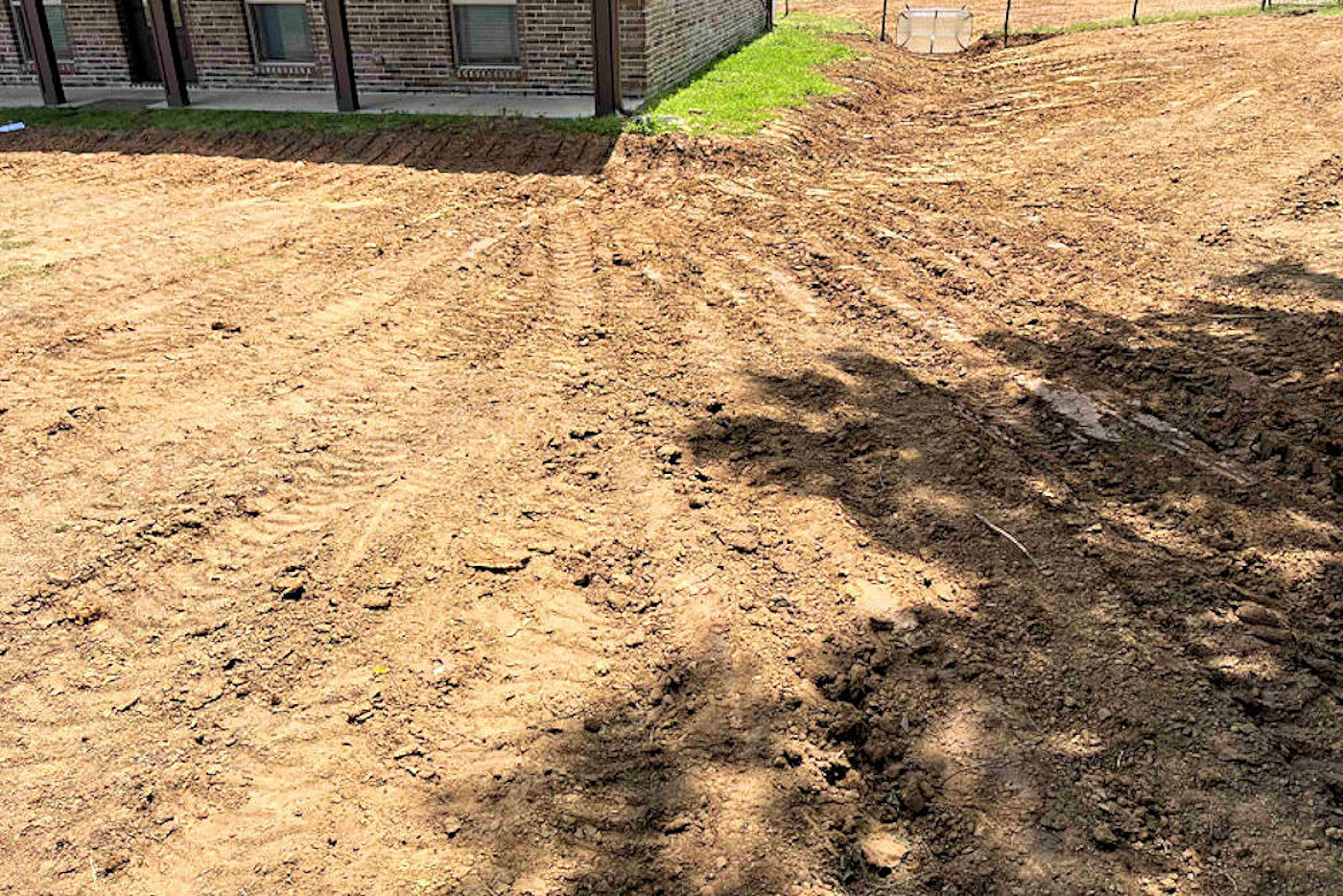
The above image shows Texoma Excavation & Construction digging a new power supply ditch and tying into the existing live power supply near Melissa, Texas. The paver stones were salvaged to be replaced. All the PVC, electrical conduit, phone lines, and small electrical lines that were destroyed were anticipated.

Pond building is a complex process that requires careful planning and execution. After all the planning, the first construction step is excavation of the area where the pond will be located. The pond excavation work shown above was near Montague, Texas. When this pond is full, it will be 7′ 2″ deep at its deepest point.
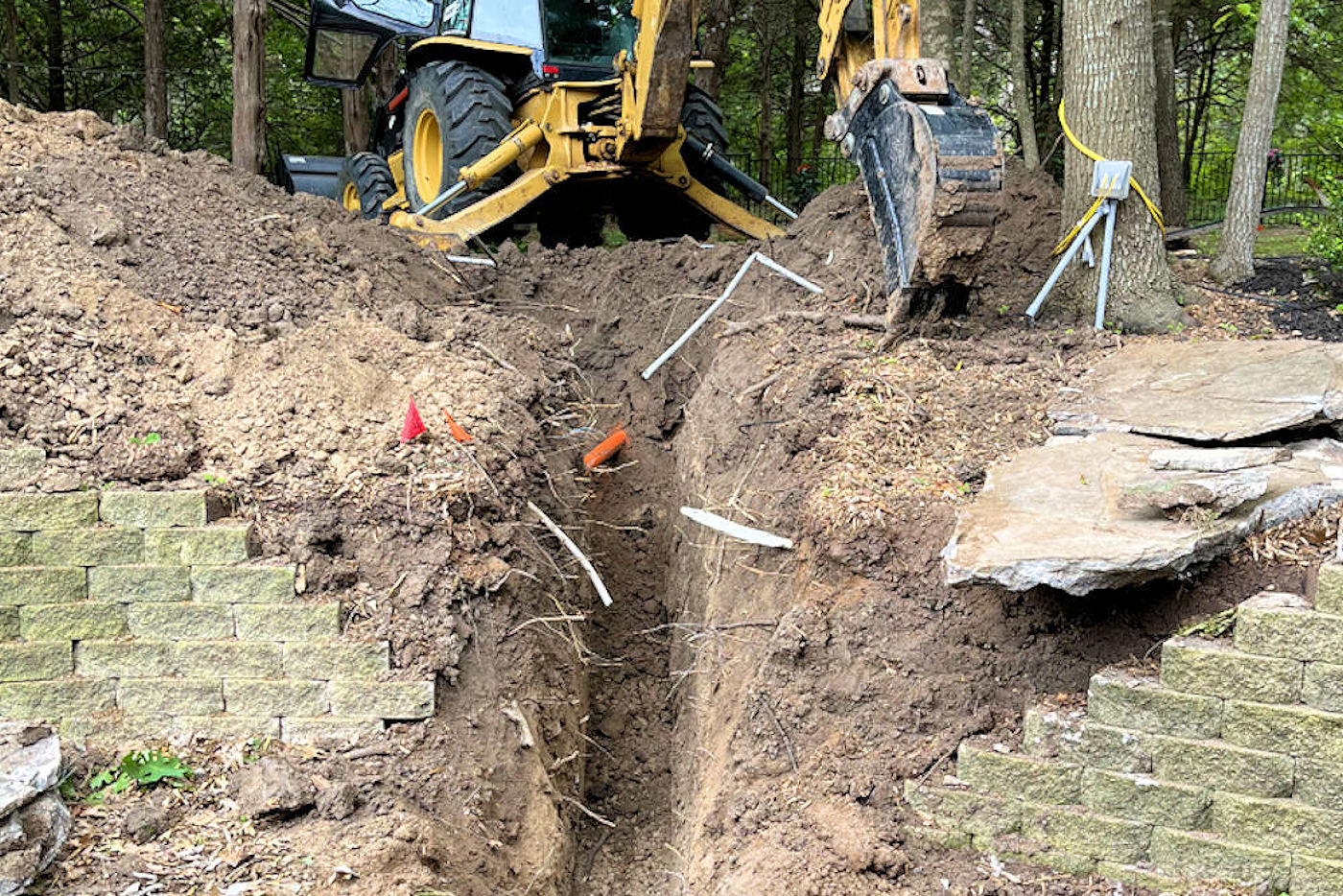
Residential drainage excavation work done near Denison, Texas. This client had some significant drainage problems during periods of high-volume runoff and tried to excavate a ditch to channel water away from his house. We were hired to polish the existing ditch and spread some grass seed.


